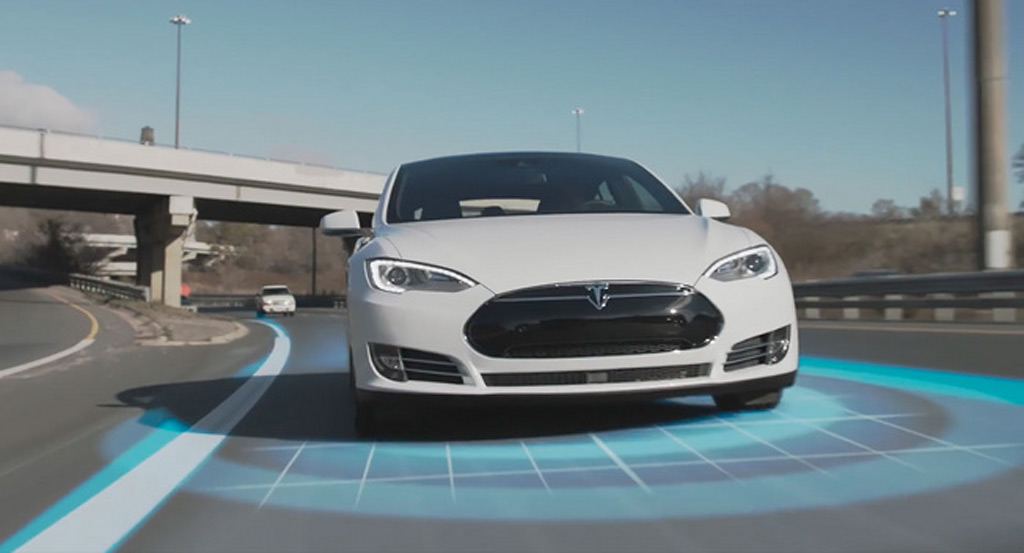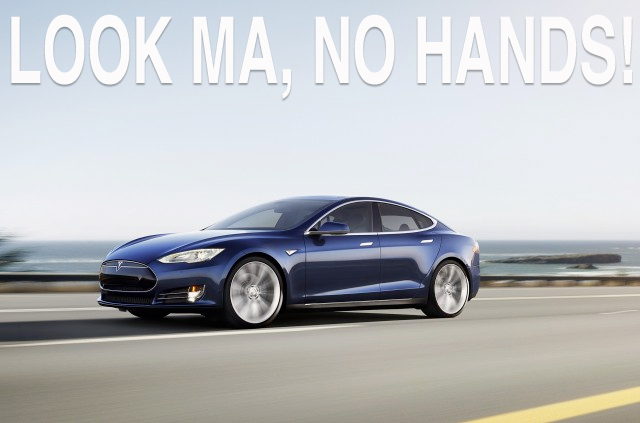Tesla Motors CEO Elon Musk has a history of making bold claims about the capabilities of his company's products, and the latest version of Autopilot is no different.
Over the weekend, Tesla announced the first major update of the driver-assist system since a fatal May crash involving a Model S electric car traveling with the system engaged.
Version 8.0 of Tesla's software significantly changes the way Autopilot operates, increasing its reliance on radar sensing data.
DON'T MISS: Why NASA thinks the Tesla Autopilot is a bad idea
Musk believes that if Autopilot had previously been configured this way, it would have prevented the fatality in May, reports Reuters.
The updated Autopilot system now relies on radar as its primary sensor, allowing the system to make judgments without visual confirmation from the forward-facing camera.
Musk said that it was "very likely" that the new version of Autopilot would have prevented the death of Tesla owner Joshua Brown, but that the update "doesn't mean perfect safety."

2016 Tesla Model X
Brown was killed when his Model S collided broadside with a tractor and trailer. At the time, Tesla said that Autopilot failed to distinguish the white side of the trailer from the bright sky, but noted that Brown missed it too.
Previous versions of Autopilot required radar reading to be confirmed by images from the camera to prevent false positives that would have triggered braking.
Tesla was concerned the system would mistake things like overpasses for obstacles in the vehicle's path.
ALSO SEE: Tesla working on changes to Autopilot driver-assistance software
Radar also has trouble recognizing materials like wood or painted plastic as solid, while "anything metallic looks like a mirror," Tesla noted in a blog post describing the Autopilot 8.0 updates.
However, Tesla claims to have done three things to address those issues.
The update "unlocks access to six times as many radar objects" using the same hardware, allowing for a greater amount of information per object scanned, Tesla claims.

Tesla Autopilot
The system is also now able to assemble radar data into an "image," which can be used to differentiate obstacles from the environment.
Tesla also expects to rely on fleet learning to identify the positions of overhead objects like signs and bridges.
Perhaps just as important, Autopilot 8.0 also includes features designed to force drivers to pay attention—even when the system is engaged.
Despite its name, Autopilot is not a full autonomous-driving system, and Tesla has been criticized for not making that distinction clear enough to drivers.

Tesla Model S Autopilot
Tesla also notes that cars "will not allow re-engagement of Autosteer until parked" if drivers ignore repeated warnings.
Autopilot 8.0 also gives cars the ability to take highway off-ramps if prompted by a flick of a turn signal, or directions from the navigation system.
When turned off, it will also activate itself if it determines that a collision is imminent.
_______________________________________________












